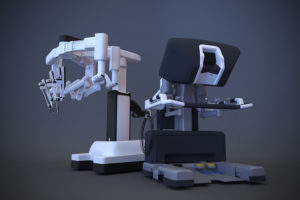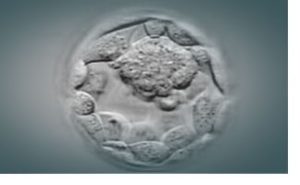Genetic Association with Recurrent Miscarriage May Guide Further Treatment

Dong et al., Genome Sequencing Explores Complexity of Chromosomal Abnormalities in Recurrent Miscarriage, The American Journal of Human Genetics (2019)
For couples with recurrent miscarriage (RM), the condition remains unexplained in about 40 to 60 percent, even after costly testing. Chromosomal abnormalities—rearrangements of large chunks of DNA—in the genomes of one or both individuals trying to conceive are thought to be among the major genetic causes of RM. But routine chromosome analysis (karyotyping) can currently detect these abnormalities in only about 1 in 50 couples.


 Strong evidence that now connects preeclampsia with long-term maternal cardiovascular risks raises new questions for obstetricians (OBs): What is the best way to care for women after preeclampsia? And, what postpartum care and support might help women minimize immediate and long-term risks?
Strong evidence that now connects preeclampsia with long-term maternal cardiovascular risks raises new questions for obstetricians (OBs): What is the best way to care for women after preeclampsia? And, what postpartum care and support might help women minimize immediate and long-term risks?
 An online intervention program for women who recently had preeclampsia has produced insight into how to reduce their future risks of cardiovascular disease.
An online intervention program for women who recently had preeclampsia has produced insight into how to reduce their future risks of cardiovascular disease. As genetic and genomic sequencing become incorporated into newborn screening for hearing loss, patients may look to obstetricians for guidance on genetic testing decisions.
As genetic and genomic sequencing become incorporated into newborn screening for hearing loss, patients may look to obstetricians for guidance on genetic testing decisions. Predicting which IVF embryos are most likely to produce a healthy pregnancy is an ongoing challenge in the field. For embryologist
Predicting which IVF embryos are most likely to produce a healthy pregnancy is an ongoing challenge in the field. For embryologist  With placenta accreta contributing to rising rates of severe maternal morbidity nationwide, the
With placenta accreta contributing to rising rates of severe maternal morbidity nationwide, the